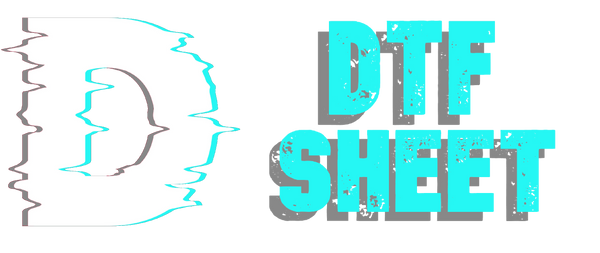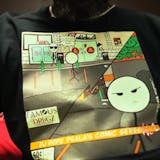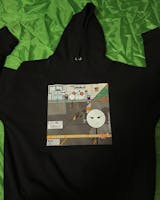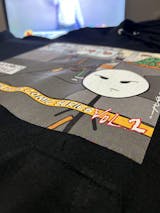To obtain different patterns and textures in DTF printing, it is necessary to use the equipment correctly. DTF printing systems, which have started to be preferred a lot in recent years, have different equipment. This type of printing, which is also used extensively in the textile field, can be done very easily. Since it does not require pre- and post-processing, it is easy to obtain the desired texture and pattern. This type of printing, which saves time, energy and personnel, offers many advantages. It is possible to use this printing technique in almost all kinds of textiles.
Use High Resolution Graphics
The equipment and the graphic systems used are of great importance for the quality of DTF printing. The high resolution of the desired textures and patterns is ensured by graphics. Because graphics are an element that ensures that the print is detailed and clear.
Suitable and Quality Ink
Ink is an important material used in DTF printing. This material must be specially produced for DTF transfer. In general, the inks used in this printing method are pigment based. Thanks to its pigment feature, it creates high quality prints. Therefore, it provides color saturation and durability. The ink applied on DTF film produces great results. It is important that the design is heat resistant during transfer.
Things to Consider During the Printing Process on Film
DTF printers specially use DTF Transfer Films, i.e. PET films. These films are 0.75 mm thick. This thickness is more effective in image transfer and is therefore preferred in the printing process. A special RIP software is created for processing white and CMYK colors. Thanks to this software, complex and detailed images are properly designed. The DTF printer then prints the design onto the film material and the desired pattern is obtained. It should also be noted that the film weight depends on the printing technique and width of the printing machine.
Heat Transfer
Heat transfer is an important step in the DTF printing process. At this stage, PET film containing the image and molten powder is applied to the fabric. The main purpose of this application is to ensure a strong adhesion between the film and the fabric. The film is attached to the fabric at 1600-1700 C for 15-20 seconds. This creates a strong bond between the two.
What Special Conditions Are Required for DTF Printing?
Some special requirements must be met for DTF printing. When you know these conditions, you will not have any problems with all the textures and patterns you want to achieve. Below is information about the special requirements for DTF:
- Various dyes that can sublimate at high temperatures in a small range should be preferred.
- It is important that the dyes used have a molecular weight between 230 and 370.
- Fiber materials must have chemical, physical and thermoplastic qualities.
- During the transfer process, it is important that the fabric remains dimensionally stable up to a temperature of 220 degrees. This guarantees precise pattern presentation.
- The dye must be processed at a temperature of 1600-2000 C.
- Efficiency in the printing process is very important if high quality designs are involved.
- An efficient method must be used to transfer the design from paper to fabric.
It is possible to obtain the desired texture and pattern in the DTF transfer process. This is because the system has no limitations regarding its solubility and dye. It carries various substances such as powders, metals and colors. This provides flexibility in the printing process. Since a 100% transfer rate is achieved, it is always possible to achieve the desired texture and pattern.









